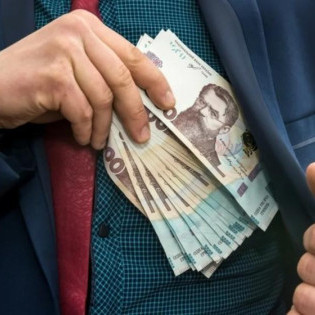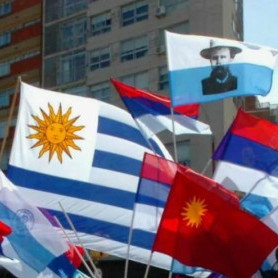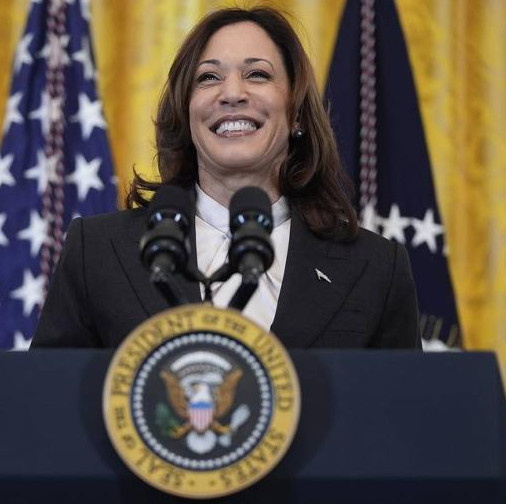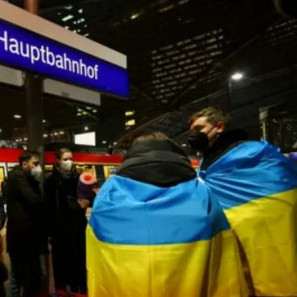As increasingly violent anti-government protests continue in Serbia, both president Aleksander Vucic and defence minister Aleksander Vulin have reiterated that the country’s democratically elected and sovereign government will not be overthrown through the use of violent tactics. While Vucic has referred to certain segments of the protestors as “fascists, hooligans and thieves,” Vulin stated on April 10th that all those in Serbia “who would like Serbia to be an unsafe place to live,” or who used violence in an attempt to achieve their political aims, were regarded as internal enemies. In response to suggestions by opposition elements that the armed forces are now playing a partisan role in Serbia’s internal political strife, Vulin clarified that “the army deals only with the constitution and the law.”
For several months, these protests have been orchestrated by an array of quite disparate groups, from the economically and socially liberal Democratic Party, led by former mayor of Belgrade Dragan Djilas, and liberal groups led by US-backed provocateur Vuk Jeremic, whose candidacy in Serbia’s 2017 presidential election was openly supported by the US State Department, to the right-wing extremist party “Dveri,” led by Bosko Obradovic. While the liberal elements within the protests seek to push the government toward closer integration with both the EU and NATO (striking parallels with Ukraine 2013-14), the primary concern of nationalist protestors is to ensure that Serbia does not make any concessions regarding its territorial integrity, specifically in relation to the issue of Kosovo and Metohija.
Last year, President Vucic entered into talks in Brussels with Kosovo leader Hashim Thaci regarding the normalization of relations between Belgrade and Pristina, although Vucic has been quite clear that Serbia cannot in principle recognize Kosovo’s independence. These talks are seen as having a bearing on any negotiations regarding Serbia’s accession to the EU, which Vucic has consistently advocated, although he has been just as consistent in his opposition to the idea of Serbia ever integrating with NATO. It seems impossible that the Serbian population would ever tolerate any such integration with the NATO military-alliance, considering that the 1999 NATO bombing-campaign against Yugoslavia, which killed over 2,000 civilians, is still painfully fresh in the popular memory, and up to 50,000 Serbs still fall ill every year because of NATO’s use of depleted uranium munitions during that bombing-campaign.
As these protests have unfolded, they have borne all of the hallmarks of classic US-backed colour-revolution methodology. Even though the liberal and nationalist contingents represent entirely opposing political goals, nonetheless both are being instrumentalized in an attempt to overthrow a president who was elected with a strong democratic mandate only 2 years ago. Vucic won the 2017 election with 55% of the vote. Voter-turnout was 60%. This is not the first time we have seen an attempted colour-revolution involving a disparate array of different ideological groups misrepresented in western media as uniformly “pro-western” or as having shared goals. This combination of nationalists and liberals was also a hallmark of the 2014 Ukrainian coup d’etat, and for that matter, we can think of the synthetic liberal-nationalist populism of a Russian opposition-figure such as Alexey Navalny as a further iteration of this relatively new pattern. The combined mobilization of both nationalists and liberals has been a recurring pattern in the adaptive development of US-backed colour-revolution methodology in a number of countries over the past few years.
On April 1st, Fyodor Ivanovich Ladigin, Former Chief of the General Intelligence Directorate of the Russian Armed Forces General Staff (GRU) stated his belief that the Serbian protests had “a strong influence of foreign propaganda” with the same origins as the 2000 protests orchestrated by the “Otpor” movement, which eventually led to the ousting of President Slobodan Milosevic. In Ladigin’s words, these protests originate “from the ruling circles of the North Atlantic Alliance, starting with Washington.” He stated his belief that, just as the western alliance had decided upon the dismemberment of SFR Yugoslavia 30 years ago, its goal is now the demolition of Serbia.
We need to bear in mind that the geo-strategic resurgence of Russia forms a significant part of the context in which we see these renewed attempts to politically destabilize Serbia. The western powers have decided that Serbia’s geo-strategic alignment is once again a priority, principally, because of the manner in which Russia’s geo-strategic position has gradually strengthened. Owing to the two countries’ strong historical, cultural and religious ties, it is almost inevitable that Serbia and Russia will see each other as brother-nations. This could be prevented only through some quite radical ideological engineering orchestrated by the western alliance, of the type which was performed in Ukraine for 23 years before the 2014 American-backed coup d’etat. So the deployment of provocateurs in Serbia today represents yet another attempt to geopolitically isolate Russia. Serbia is just one more link in the chain. A moderate president, Vucic, elected by a healthy majority and a clear democratic mandate, represents the will of most Serbs to resist any movement toward integration with NATO, even if Serbian society is quite evenly divided on the question of integration with the EU. However, even such a moderate, neutral position cannot satisfy the western alliance. They are simply grimly determined to destabilize and subvert the democratic process of ANY country which has a non-hostile relationship with Russia.









